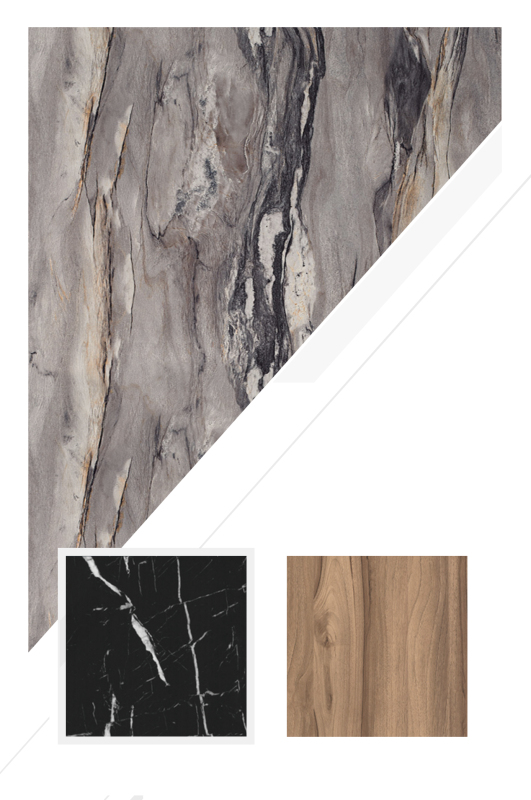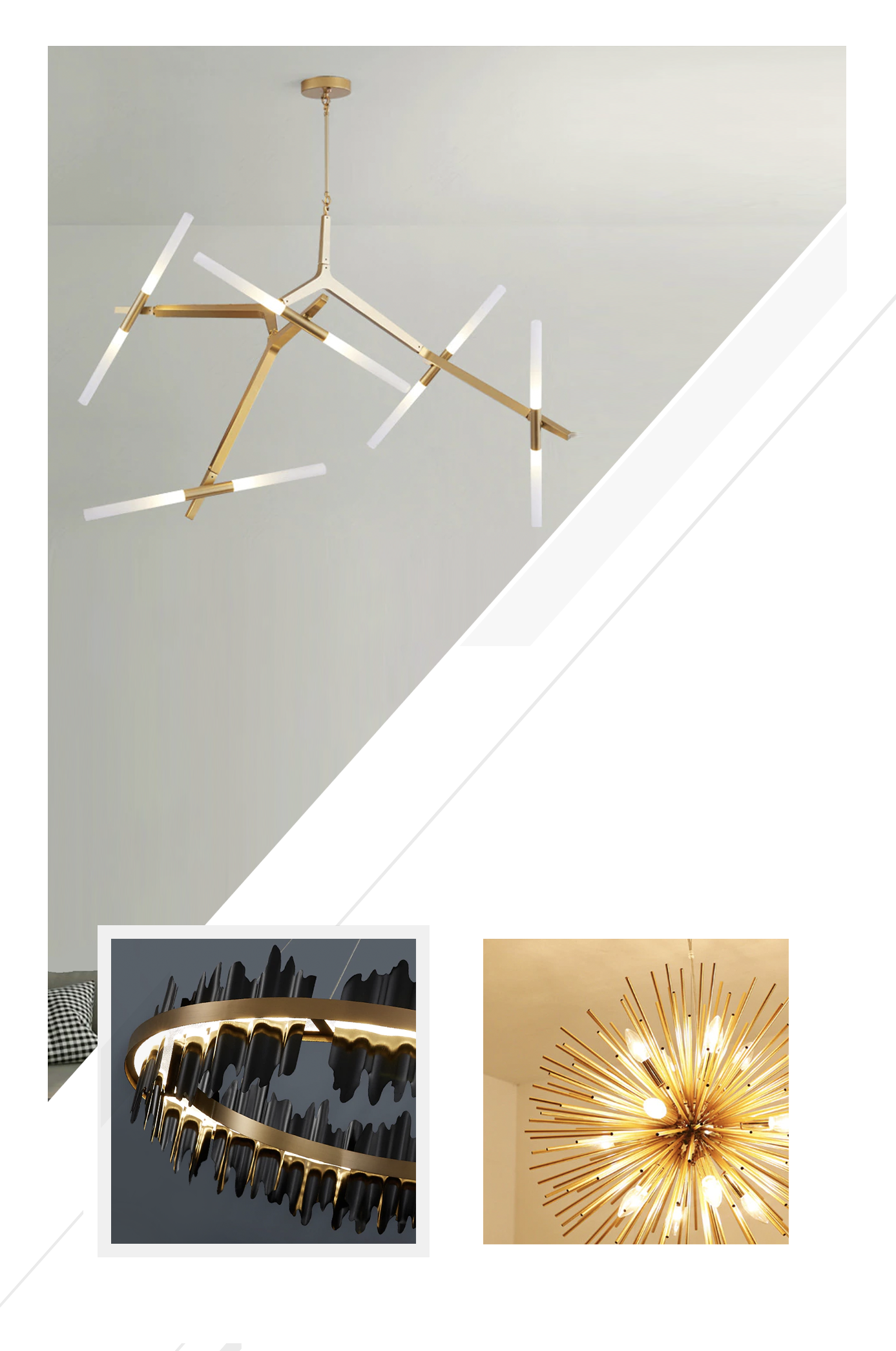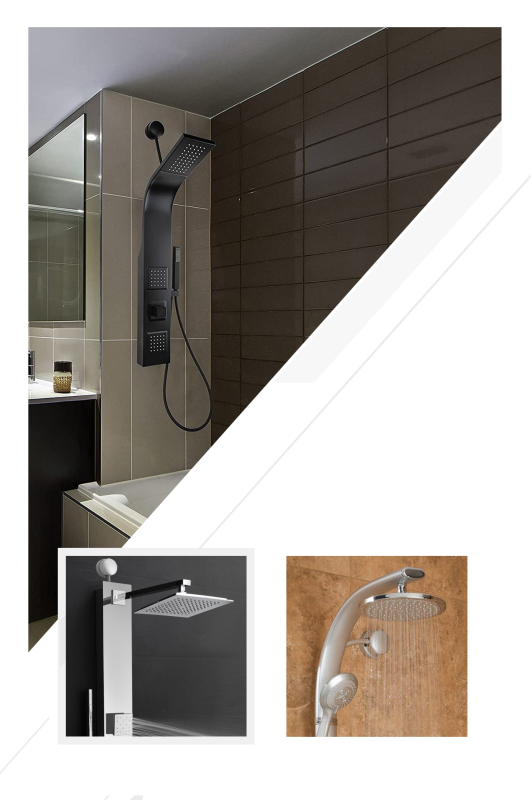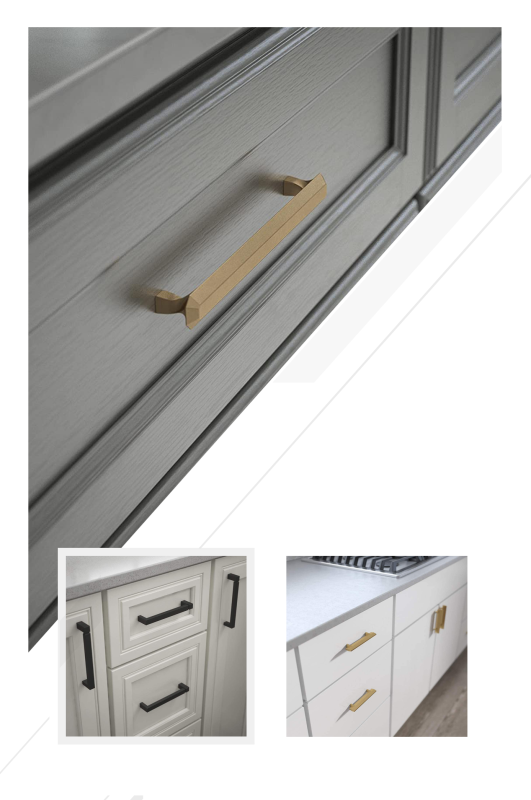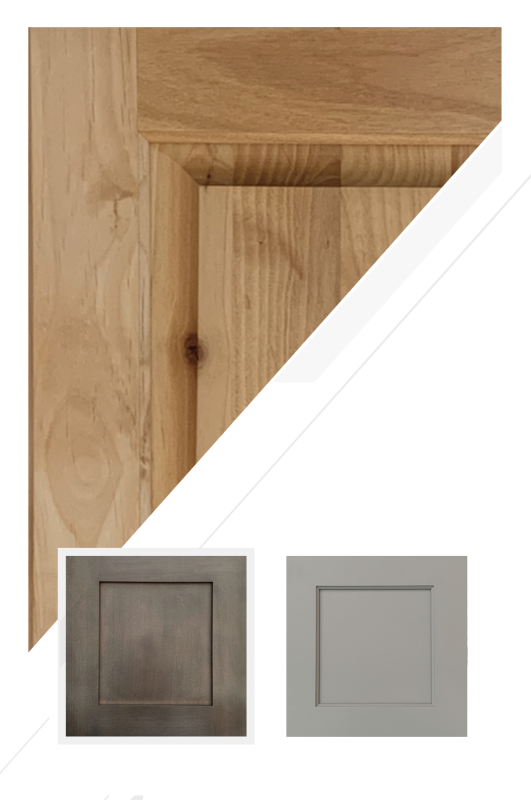Air You Can Trust: Filtration, Ventilation, and Smoke Ready HVAC
By Joy Line Homes California
Clean air is not a luxury in California. It is daily life. Families in Los Angeles, Ventura, Santa Rosa, Napa, and Paradise live with wind, heat, pollen, and smoke weeks that arrive with little warning. Joy Line Homes designs mechanical systems as carefully as walls and roofs. We seal the shell, size equipment for comfort, and choose filtration that actually captures the particles that matter. The outcome is simple. Rooms feel fresh, sleep feels deeper, and smoke days become a plan, not a panic.
Good air starts with a tight envelope, then adds the right kind of fresh air. Filters do their work when ducts are sealed and fans are quiet enough to run for long cycles. Controls are clear so every person in the house knows what to do when the forecast turns. This is the Joy Line method for air you can trust in every season.
Seal First, Then Ventilate with Intention
The best air is the air you control. Joy Line treats air sealing as health work. Corners, sheathing seams, and penetrations are sealed so uncontrolled leaks drop to a minimum. That single move reduces dust, pollen, and smoke infiltration before any equipment turns on. With the shell quiet, we add balanced ventilation that brings in measured fresh air and removes stale air at the same rate. Energy recovery keeps comfort steady and lowers utility costs in hot or cold snaps.
Balanced systems are sized to the floor plan, not guessed by rule of thumb. We model air changes to match bedrooms, baths, and living spaces. The effect is even comfort from wall to wall, and a home that smells like clean air rather than a mix of perfumes and cleaners trying to hide stale rooms.
Filtration that Captures What You Breathe
Filters matter only when they catch the particles that reach lungs. Joy Line specifies deep media filters that hold high efficiency ratings without choking the fan. Housings are easy to open. Arrows show direction. Labels show change dates. We place spare filters in a closet at move in so the first season feels simple. Return paths are sized wide so fans can glide at low speed and move air through the filter quietly for long cycles.
During pollen or smoke weeks, long low speed runs clean air better than short bursts. The home stays evenly cool or warm, and sound drops to a calm background that feels like a library rather than a machine room. That is how filtration becomes a lifestyle, not a chore.
Smoke Mode: A One Button Plan
On bad air days, decisions should be easy. Joy Line programs a single control scene called Smoke Mode. Close windows and doors, press the button, and the system shifts to recirculate with high efficiency filtration. Ventilation lowers to a safe minimum or pauses for a set period. Fans move steadily at a quiet speed so filters see many passes. A reminder prompts a filter check after the event. Families do not guess. The house follows a script.
We post a small card in the mechanical closet and a short note in the owner binder that repeats the steps. People on the property, from grandparents to teens, can run the plan without a call to support. Clarity lowers stress, which is its own kind of health feature during a tough week.
Quiet Comfort, Room by Room
Comfort is temperature, humidity, and sound working together. Joy Line sizes equipment to the load created by the envelope and shading. We avoid oversized systems that short cycle and leave rooms sticky. Duct runs are short and sealed. Returns live in central zones and are sized for low velocity. Supplies use diffusers that mix air without drafts. Bedrooms sound still at night. Living rooms carry conversation without fan whistle. This calm background helps everyone sleep, read, and focus, which is part of recovery after a fire year.
Where mini splits are the right choice, heads land on walls that support quiet and easy cleaning. Linesets are short and sealed at penetrations. Condensers sit on pads that drain well and stay clear of plantings. The install reads like industrial design rather than an afterthought.
Kitchens, Baths, and Real Exhaust
Exhaust that actually moves air protects health and finishes. Joy Line vents hoods outdoors with smooth duct, gentle turns, and a backdraft damper that closes. Fans are quiet enough to use every day, which is the only way they help. Baths receive quiet fans on timers. Laundry rooms and utility closets receive dedicated paths so moisture leaves the house instead of hiding in corners. These small systems protect paint, drywall, cabinets, and mirrors, and they keep indoor air from feeling heavy after showers or cooking.
In ADUs, compact hoods and bath fans sit on the same simple rules. Short runs. Sealed joints. Real flow. Small spaces feel fresh when details are consistent.
Ducts Inside the Envelope
Air that travels inside the conditioned volume stays cleaner and wastes less energy. Joy Line routes ducts through dropped ceilings, chases, and interior closets whenever plans allow. Sealed joints and tested runs keep leaks low. Supply and return paths are easy to access for service. Inspectors see logic. Owners see lower bills and fewer dust paths. During smoke events, this layout avoids pulling dirty air from vented crawl spaces or hot attics.
When crawl spaces are used, we prefer sealed and conditioned designs. Vents disappear, ducts stay inside, and floors feel warmer in winter and cooler in summer. A quieter, cleaner home follows that single decision.
Sensors, Monitors, and Simple Controls
Numbers build confidence. Joy Line offers indoor air monitors that show fine particle counts and humidity. The display is easy to read. When numbers rise, the plan is clear. Run the fan longer. Tap Smoke Mode. Check the filter. Ventilate when outdoor air is good. The thermostat and the monitor speak the same simple language so families do not need a manual to feel in control.
We set default schedules that match real life. Gentle morning warm up or cool down, mid day setback, and an evening scene that pairs with lighting. The system feels like part of the home rather than a set of dials that only one person understands.
Maintenance that Fits a Saturday
Good systems win when care is simple. Joy Line leaves a one page checklist. Replace filters on schedule. Vacuum returns. Wipe diffusers. Check the outdoor unit for leaves. Confirm drain lines are clear. Press test on the smoke scene once a season. These five steps fit a short block of time and keep performance steady. If a part number is needed, it lives on a sticker in the mechanical closet and in the owner binder.
We also include a small kit of essentials. A spare filter, a coil brush, a drain tablet, and a microfiber cloth. The message is practical. Tools near the task make the task happen. When the task happens, comfort holds all year.
ADUs with Full Mechanical Dignity
ADUs are complete homes. Joy Line equips them with quiet systems that match the main house in quality. A compact heat pump or mini split keeps temperature steady. A balanced fresh air unit brings measured outside air. Filters are the same size as the primary home where possible so replacements are simple. Controls mirror the main house so residents learn one language. Later, the ADU becomes a rental or a suite for family without a long list of new parts to manage.
Placement near utilities shortens runs and supports a shared courtyard. Doors and windows land out of wind paths. The result is a small home that breathes well and stays calm on smoke days, which helps the whole property live better.
City Notes: Five Climates, One Clean Air Method
Los Angeles: Hillsides see wind and heat. We shade west glass, seal the shell, and size equipment for long quiet cycles. Returns sit central to reduce dust tracks. Morning cooling pairs with night flush when air is clean.
Ventura: Salt and gusts shape choices. Exterior components use corrosion aware finishes. Hoods and bath fans have smooth duct to limit salt buildup. Outdoor units sit on raised pads with clear airflow.
Santa Rosa: Neighborhood lots benefit from slab speed and ducts inside. Balanced fresh air keeps open plans comfortable. Filters and returns are easy to reach so families keep up with care.
Napa: Deep porches cool glass so equipment can be smaller. Courtyards create calm zones where windows open on clean days. Evening scenes lower light and temperature together for steady sleep.
Paradise: Disturbed soils favor compact foundations and simple runs. Sealed crawl designs remove vents. Mini splits with short linesets keep access clear on narrow lanes.
Stories from Recent Projects
In Los Angeles, a balanced system with a quiet fan and deep media filter kept fine particles low during a windy week. In Ventura, corrosion aware hardware and short exhaust runs stayed clean through a salty season. In Santa Rosa, slab plans with central returns made filter changes fast and kept dust tracks off floors. In Napa, shaded courts and slow fans held comfort on hot afternoons without glare. In Paradise, compact systems with sealed crawls kept smoke out while owners moved back into the property in stages.
The Joy Line Perspective
Air is part of architecture. Joy Line Homes designs shells that seal, systems that breathe with intention, and controls that feel human. Filtration captures what matters. Ventilation is measured and quiet. Exhaust is real. Maintenance is short. The result is a home that smells like morning, even when the forecast looks hard. For families in Los Angeles, Ventura, Santa Rosa, Napa, and Paradise, clean air is comfort and protection. We build that comfort into every modular home and ADU we deliver.
About Joy Line Homes
Joy Line Homes builds modular residences and ADUs across California with sealed envelopes, balanced fresh air, quiet systems, and simple controls. Our smoke ready plans turn tough weeks into a clear checklist and everyday life into clean, calm comfort.
Visit JoyLineHomes.com to request our clean air specification and a Smoke Mode setup for your project.
We are based in Santa Cruz County ,
California
Tel: (831) 888-Home
Email: info@joylinehomes.com
Business Hours: 9am - 6pm

